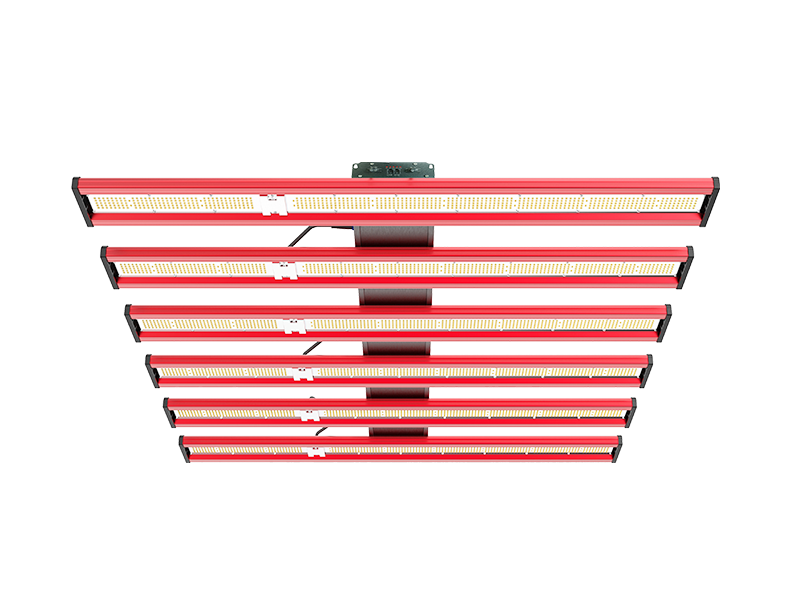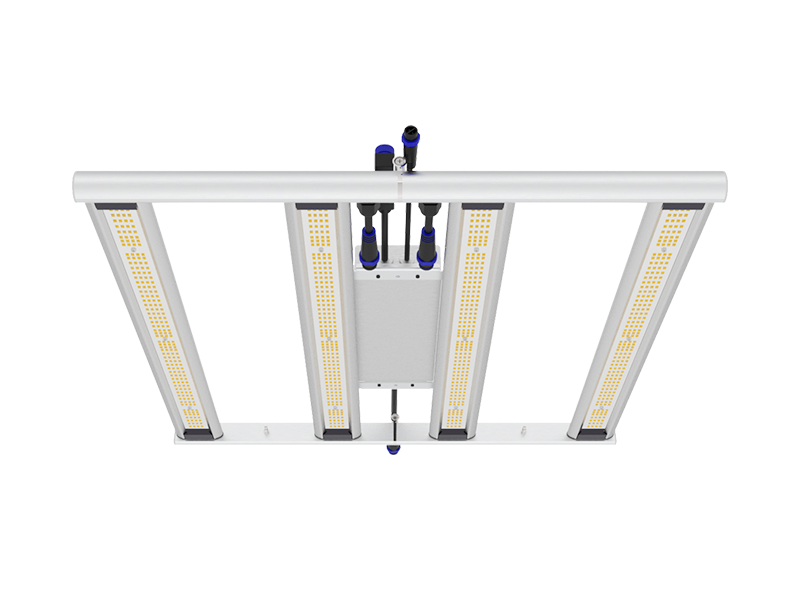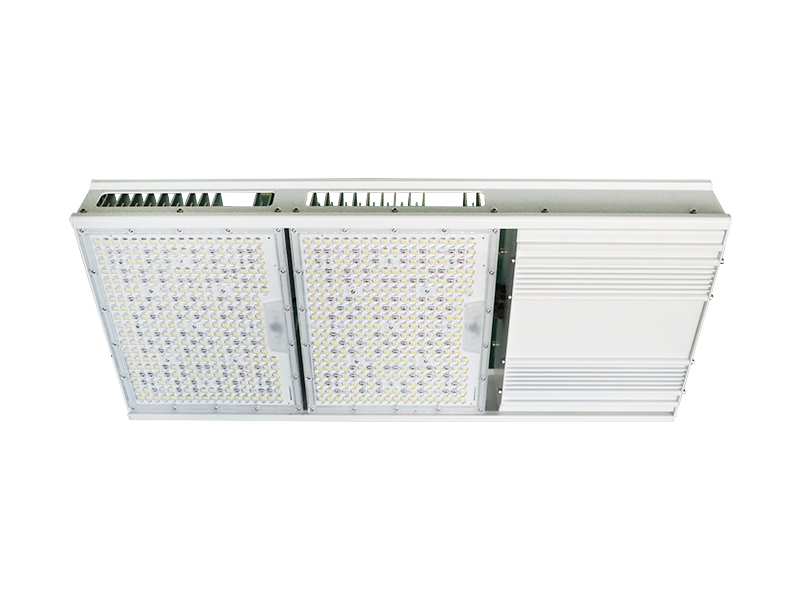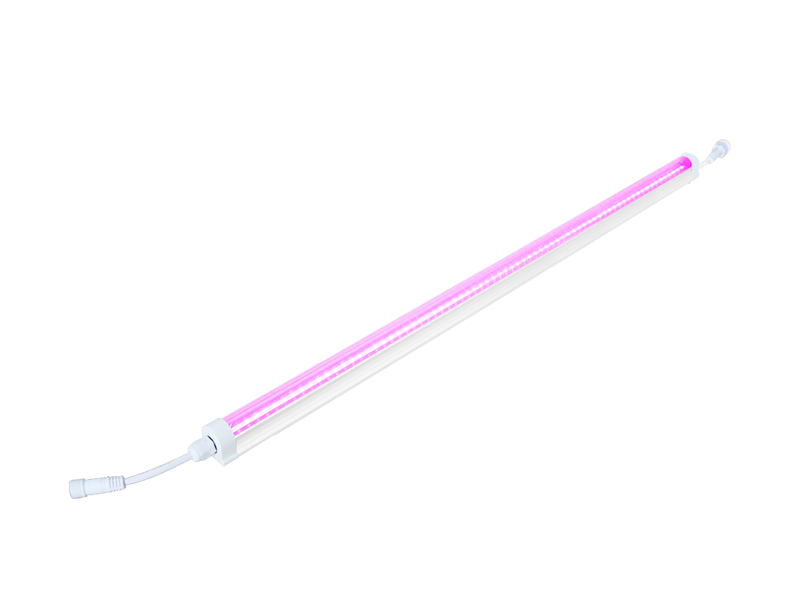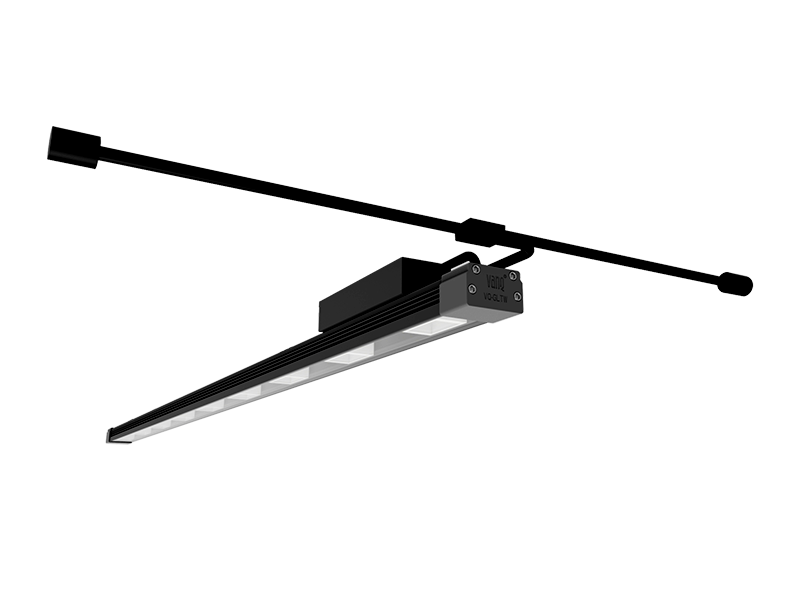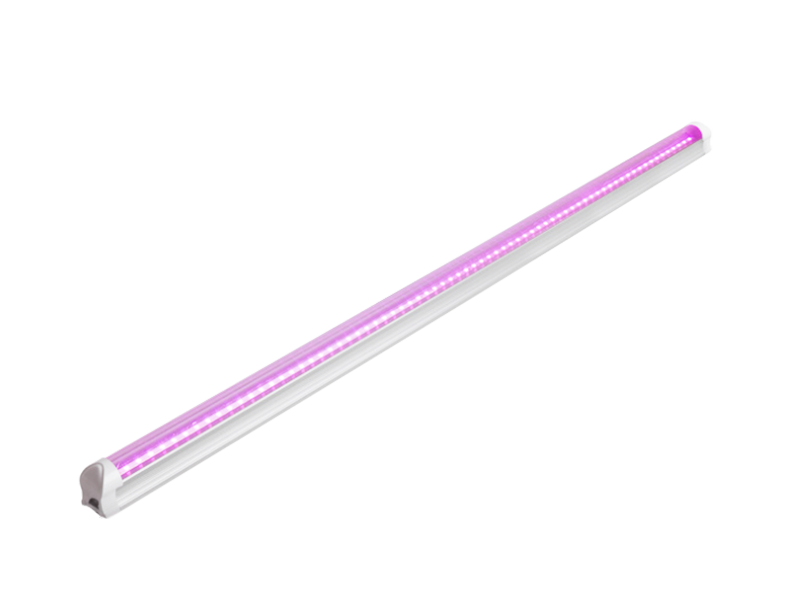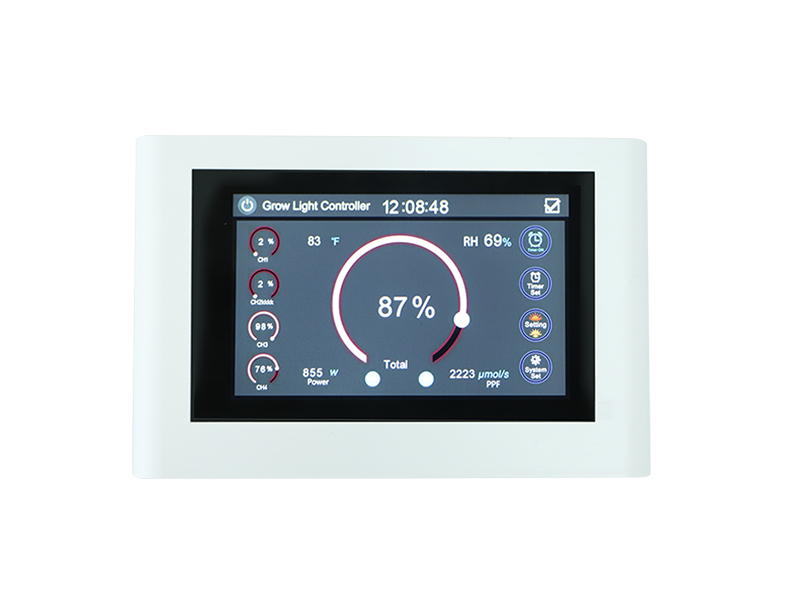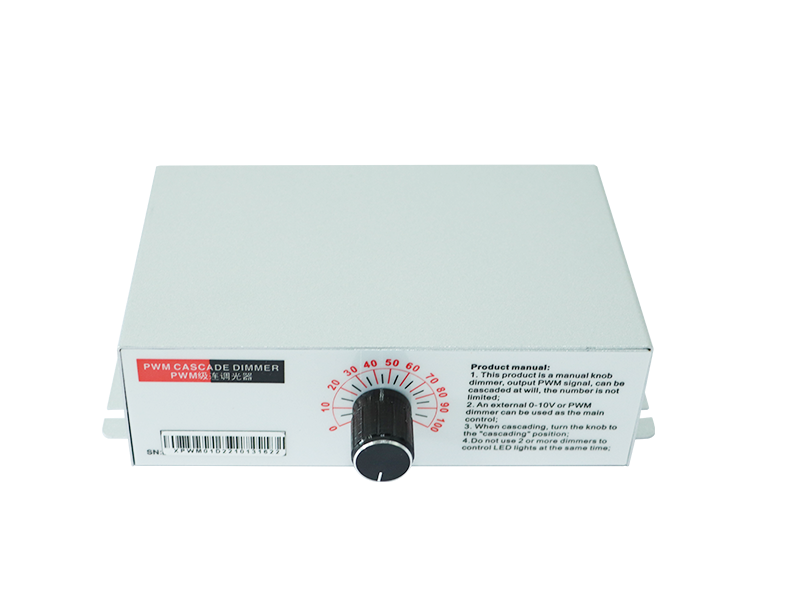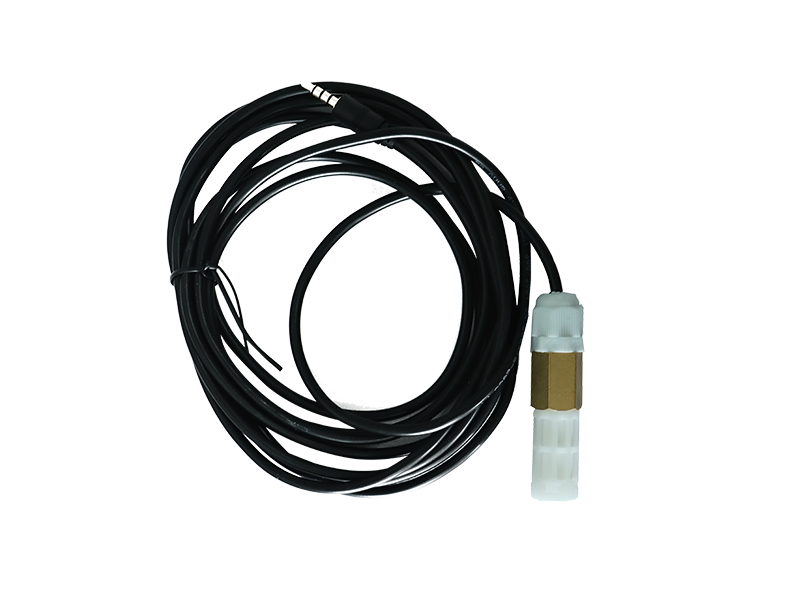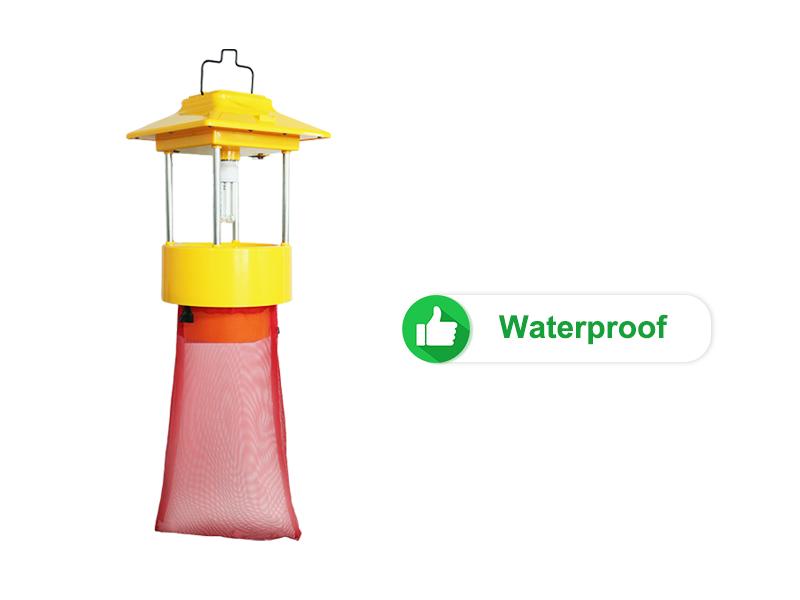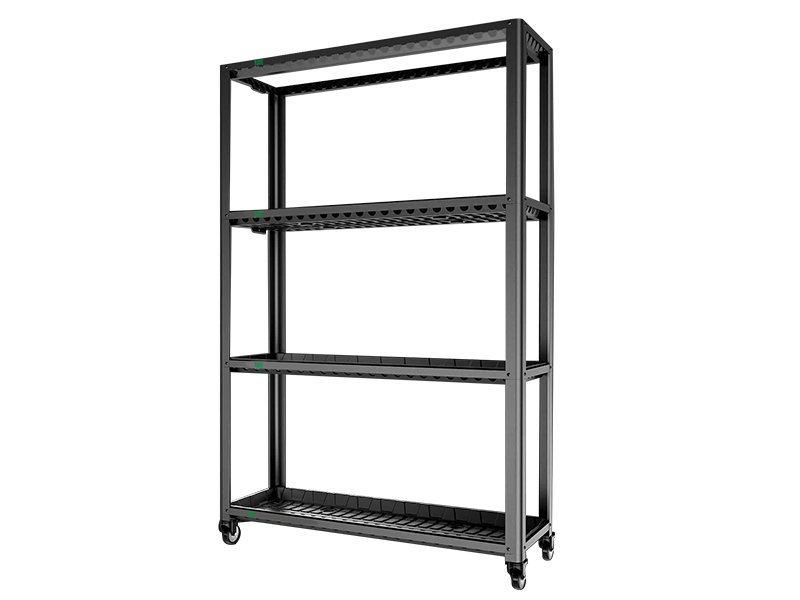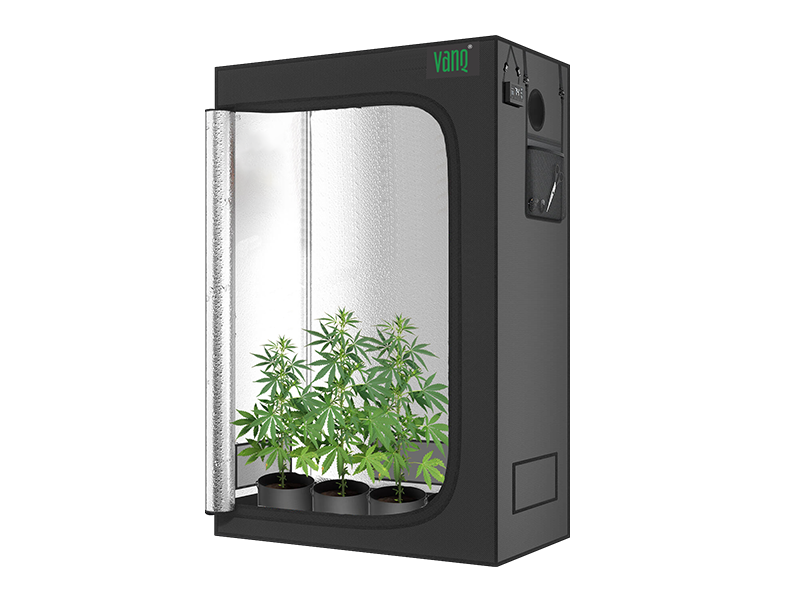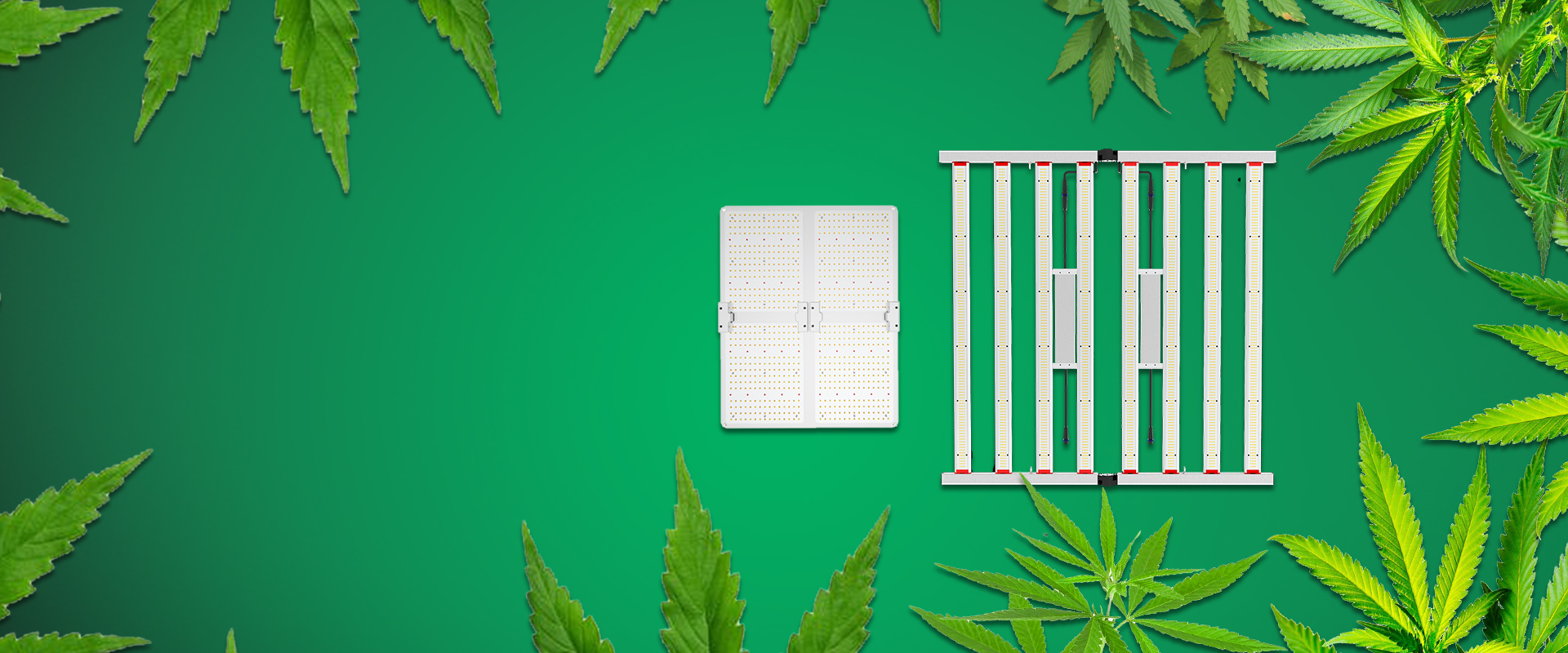
If you want to grow plants indoors, the most important thing is to create an atmosphere similar to the natural outdoor environment indoors, so that the vegetables grow best. You need to keep them hydrated and give them light. There are several different growth lamps on the market that can help you provide the necessary lighting for vegetables. Provide illumination to your plants by choosing the appropriate color, intensity and light time. Here are a few main steps on how to grow plants indoors with LED grow lights.
1. Purchase seeds or seedlings
Check out your choice of local garden center, or major retail store. Buy the seeds or seedlings you need, of course, you can also buy seeds online, such as Amazon, eBay, etc.
2.Find the right LED Grow Light
Look for lamps that provide all colors in natural sunlight. Photosynthesis requires red and blue light to regulate vegetative growth. So we can choose full spectrum LED plant light.
3. Install plant lights
How To Install Your LED Grow Light In The Right Way?
Place the lamp on the plant you want to grow. Follow any specific setup instructions provided by the model you purchased. There should be information in the package or box.
4. The distance between lamps and plants
How Far Should LED Grow Light Hang On Plants
In order to ensure the intensity of light. To create a similar outdoor environment with a growth lamp, you need to control the distance from the lamp to the plant. This general lamp will have instructions.
5. Sufficient light time
Do LED Grow Lights Really Work for Indoor Plants?
Give your vegetable plants direct light for at least 14 to 18 hours a day. Turn off the lights every day for 6 to 10 hours. Vegetable plants do require a dark period to mature and trigger production.
6. Even light
Turn your vegetables/plants under the growth lamp every week. The light in the center of the bulb is more intense, which can help your plants grow evenly.
7. Regular inspection of lamps
Check your plant grow light every 4 to 6 weeks to wipe off accumulated dust or dirt.
8. Watering and fertilization
Remember to water and fertilize your plants so that the plants can have enough nutrients and grow quickly.
Are you looking forward to growing plants indoors? Hurry up. Need LED grow lights for hydroponics, please leave your message here.


